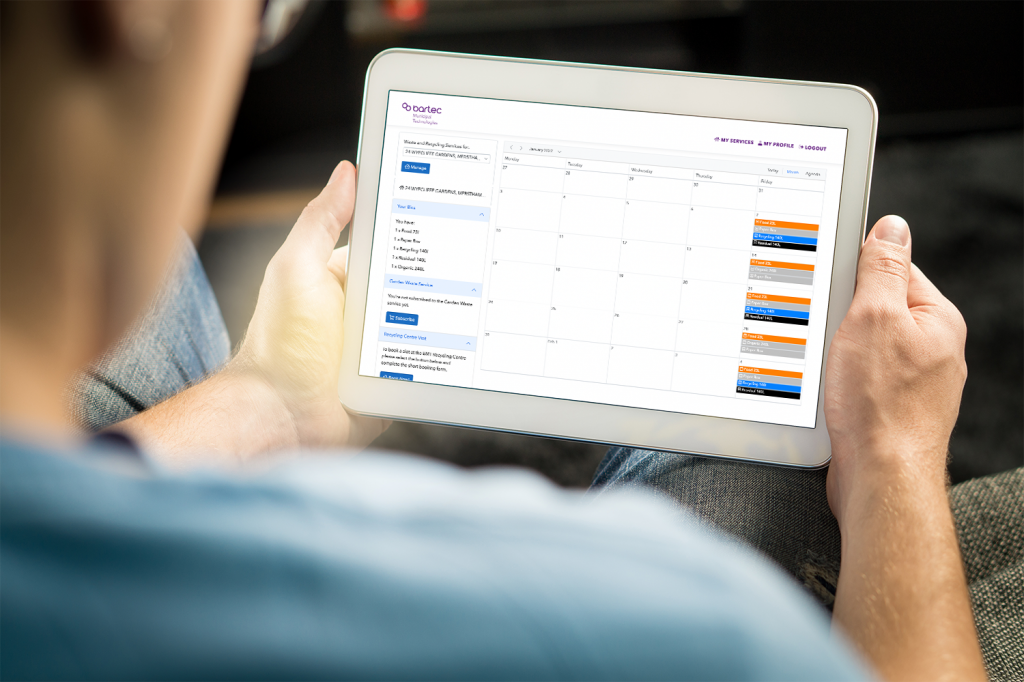When you design and promote your waste service, do you know who it is for?
Most businesses design and market their services to a specific demographic or sector. For each product they have the typical customer in mind at all times. Whether it’s a new sports car, a package holiday or an insurance product, you can be sure that right from the start the product was conceived and produced with the end customer in mind.
Local Authorities, though, are often offering services which are simply needed by everyone. We all need to get rid of our domestic waste and all have to change our habits to improve sustainability. So councils cannot imagine a specific demographic for their new garden waste services – it must be attractive and accessible to everyone.
Historically this has meant channel shifting in a way which uses new technology without leaving anyone behind. I’ve sat through many workshops over the years where we’ve discussed the ‘older generation’ who don’t use the internet, want a more personal touch and perhaps wouldn’t cope with a shift online.
However, I think this does those customers a disservice. A great majority of customers now use the internet, have smart phones and manage other services such as energy bills online, no matter what their age, ethnicity, education or social group. There are of course still pockets of people who will need additional support, but by driving more traffic through automated online processes we should have more time and resources to support those that need it.

An online service can be very different to a telephone or in-person service. If we think about online services as an add-on to the traditional process we are likely to just computerise what we already have. For each individual process you will end up with a form which mimics the conversation you would have in person – “what is your name”, “what is your address”, “what can I help you with today”… Before you know it you have a website full of forms – does that sound familiar?
Society is changing; people expect everything to be simple to use and quick to be actioned. Amazon, for example, gives customers a ‘one click’ option to buy and it’s delivered the following day. We don’t have the patience to read through walls of text or click through multiple menus to find what we’re looking for. Many businesses offer websites and apps which are engaging, eye-catching and simple to navigate. The most successful online services solve a problem for the user with minimal fuss and maximum convenience. Amazon have never asked me to fill in a form to request a product – they show me a picture with a price and a “Buy with One Click” button that does exactly what it says it will!

There will always be some users who can’t or won’t use online services, and local authorities cannot ignore them. I would argue, however, that the tipping point where services, communications and policies should be designed “online first” was long-since passed.
